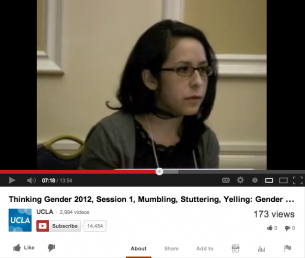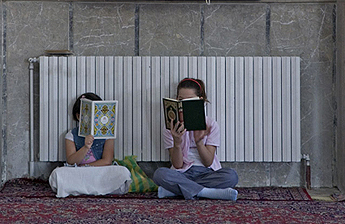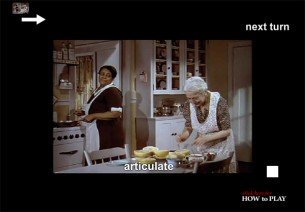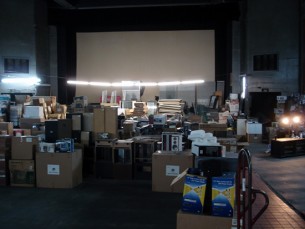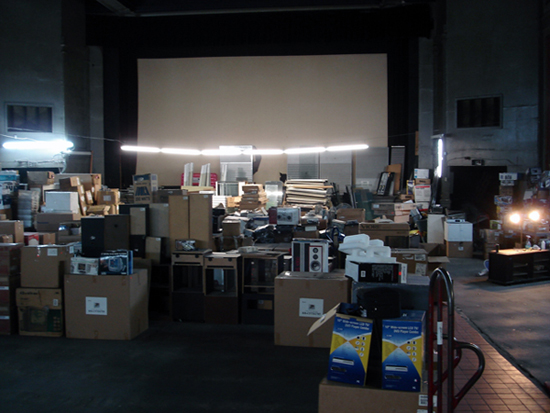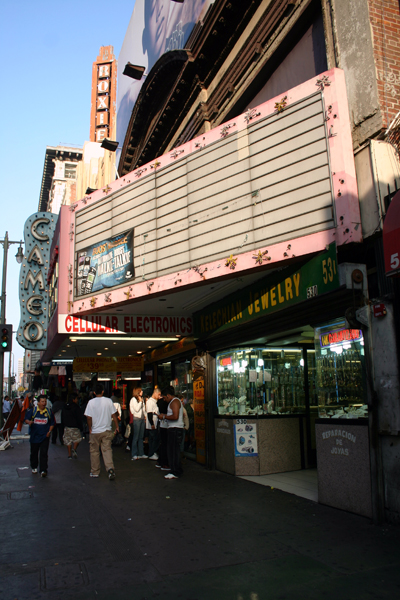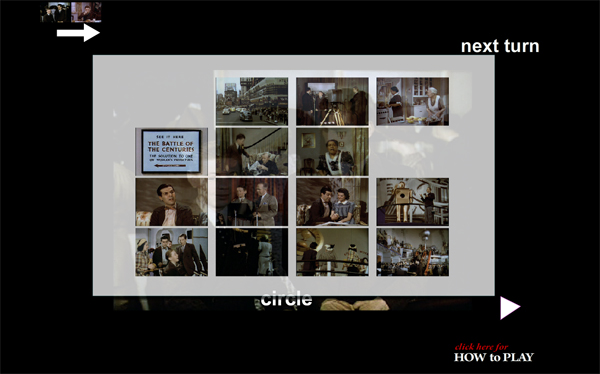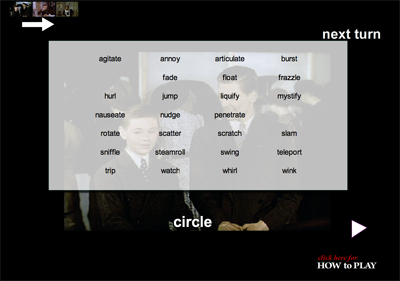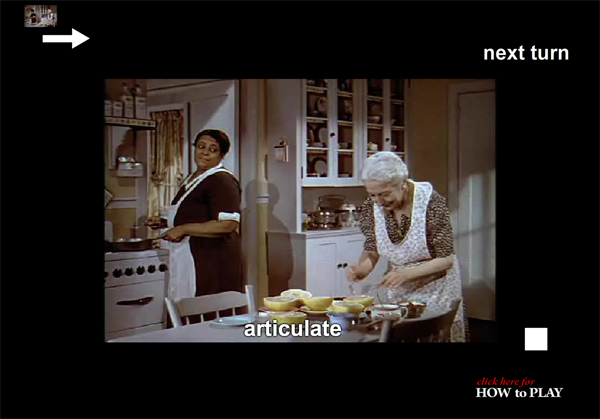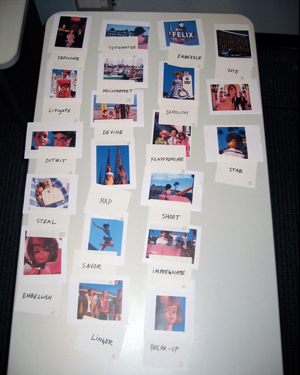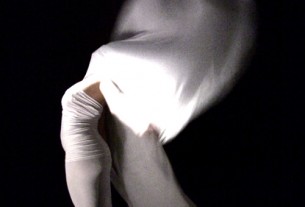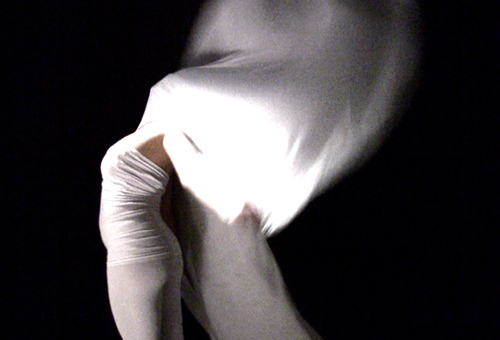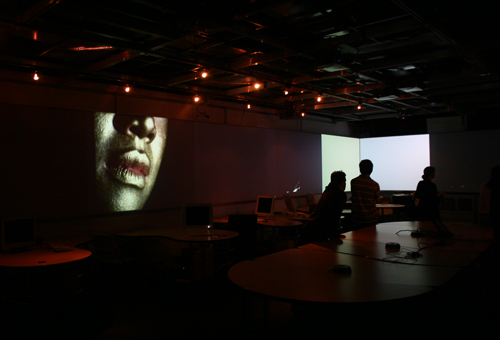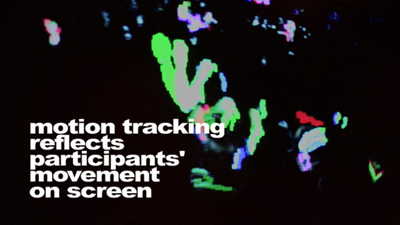USC Dissertation Completion Fellowship (2011 – 2012)
The Vectors-IML-UCHRI Summer Institute Fellowship: Broadening the Digital Humanities (Summer 2010)
USC Annenberg Graduate Fellowship (2007 – 2011)
HASTAC Scholar (Class of 2009, 2010, 2012)
New Directions Fellowship, research grant from Center for Feminist Research (2008 – 2009)
Seminar in Experimental Critical Theory V. “Creative Societies/ Cultural Industries/ New Humanities?” University of California Human Research Institute (UCHRI), Irvine, CA (2008)
Seminar in Experimental Critical Theory III. “technoSpheres/ FutureS of Thinking,” (Participant and Workshop Leader), University of California Human Research Institute (UCHRI), Irvine, CA (2006)



